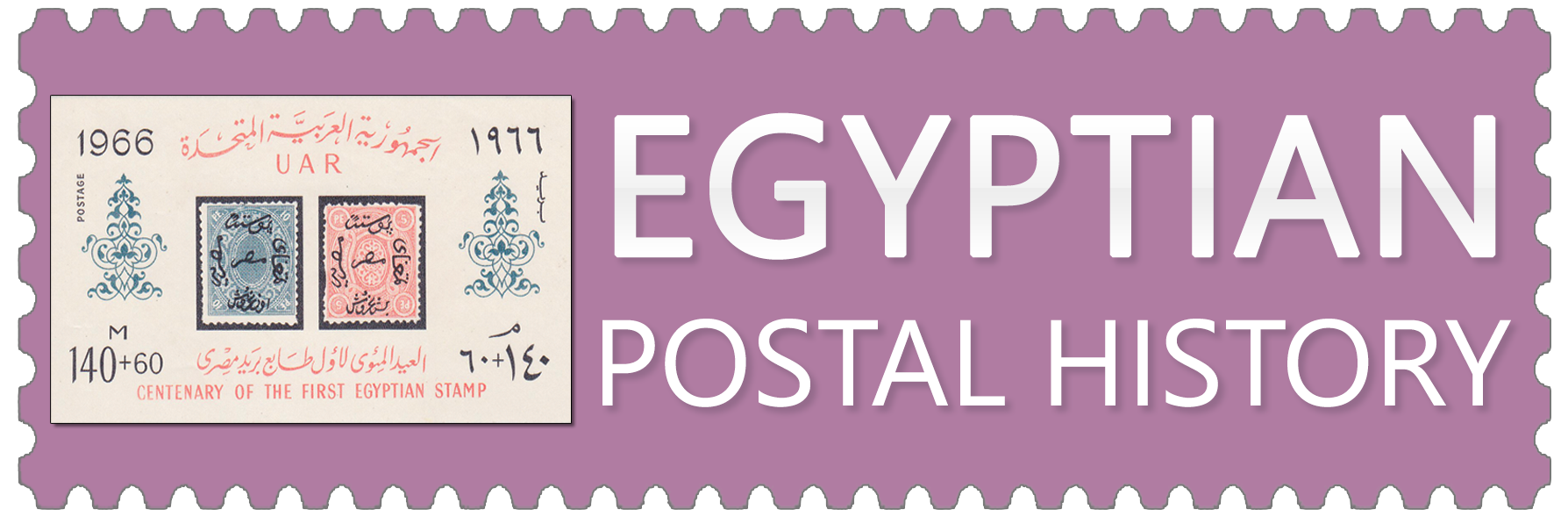Fuwa overlooks Rashid Branch of the River Nile, one of several branches in the Nile Delta, and is known as the city of mosques. It is located in the western region of Kafr El-Sheikh governorate. It is bordered in the north by Mitubis central district, in the east by Dessouk and Sidi Salem central districts, in the west by Mahmoudiya central district in Al-Buhera governorate, and from the south by Rashid Branch of the River Nile and Mahmoudiya city in Al-Buhera governorate.
Fuwa was established during the Islamic era and flourished because of its administrative and commercial importance. It was affected by the Islamic-crusader war because, although the crusaders began fighting in the north-eastern part of the Delta, they used the Rashid Branch of the Nile as their path to Fuwa in the war of 600 AH. During the Ottoman era, Fuwa was still an administrative central district.
In the Mamluk era, commerce played an important role in the prosperity of Fuwa city. Mamluk sultans were interested in promoting commerce because it represented one of Egypt's resources. The sultans released decrees to treat merchants well. These decrees included advice and instructions issued by Sultan Qalawun.
Fuwa has changed from time to time over its long history, but under the reign of Muhammad Ali Pasha and his followers it flourished. Muhammad Ali constructed a canal where ships carrying grain passed through the western branch of the Nile This waterway was dug in the bay of Alexandria and named Mahmoudiya Canal. Muhammad Ali also ordered the construction of many industrial buildings such as rice mills and cotton-spinning factories. Many mosques were rebuilt during the reign of Muhammad Ali Pasha and his followers.
The city of Fuwa was chosen by the Museums Without Frontiers Organization and UNESCO to be a natural reserve because it is considered to be the third most important Islamic city in Egypt after Cairo and Rashid, and the fourth most important Islamic city in the world. It contains 365 ancient mosques, domes, and shrines according to statistics collected in 1999.
Some of Fuwa’s most important buildings are listed below:
|
|
|
|
|
|
|
|
|
|
|
|
|
|
|
|
|
|
Mausoleum domes are found in many parts of Fuwa. These domes contain the tombs of some well-known Sufis. There are two types of such domes:
- Integrated mausoleum domes, such as the Abu El-Naja Dome,
- Separate mausoleum domes, such as Guzur Dome, El-Maqaber Dome (one of the largest in Fuwa), Al-Garabawi Dome, Dabab Dome, and Ali Abu Sha’ra Dome.





